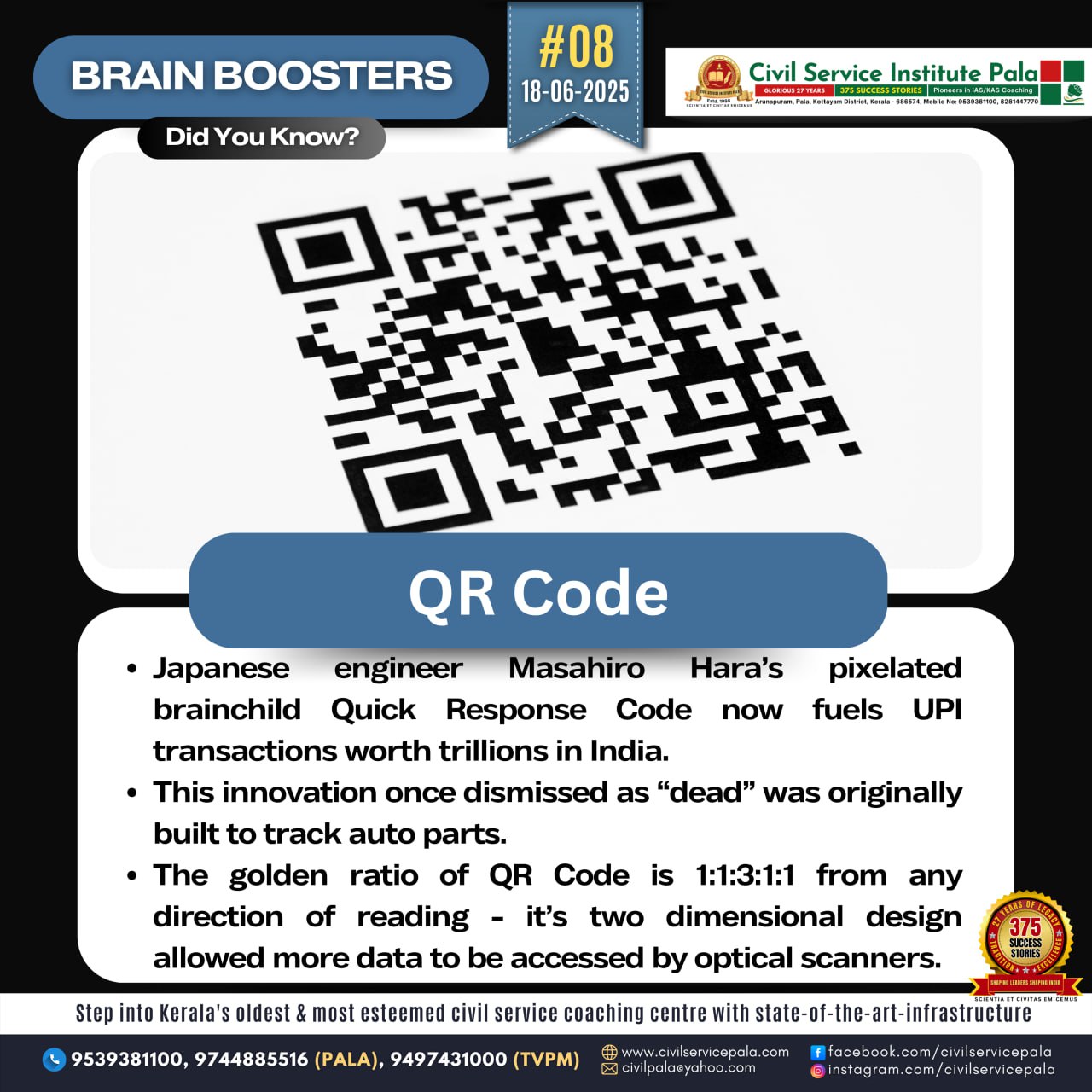
QR Codes
QR Codes: Bridging the Physical and Digital Worlds
In an age defined by speed, convenience, and digital interaction, QR codes have emerged as a simple yet powerful tool to connect the physical and digital realms. Originally developed in 1994 by the Japanese company Denso Wave for tracking automotive parts, QR (Quick Response) codes have since evolved into a ubiquitous technology with widespread applications across industries.
At its core, a QR code is a two-dimensional barcode that stores data in both horizontal and vertical directions. Unlike traditional barcodes, which hold only limited information, QR codes can contain a range of data types—URLs, text, contact information, payment links, and more. This flexibility has made them a go-to tool in marketing, retail, healthcare, education, and even public health.
One of the biggest advantages of QR codes is ease of use. A smartphone camera or QR scanner app is all it takes to unlock the data embedded in the code. This contactless functionality gained massive traction during the COVID-19 pandemic, enabling safer menus, ticketing, check-ins, and payments.
Moreover, QR codes are cost-effective and customizable, allowing businesses to create branded, trackable experiences with minimal investment. Dynamic QR codes, which allow updates to the destination without changing the physical code, further enhance their utility.
Despite their convenience, QR codes also raise security and privacy concerns. Malicious actors can embed harmful links, leading to phishing sites or malware. Users need to be cautious and platforms must implement safeguards to ensure trust.
In conclusion, QR codes are more than just a tech trend—they’re a practical, scalable solution for instant information access in our increasingly digital world. Their ability to simplify interactions and bridge online and offline experiences makes them a lasting part of modern communication.



